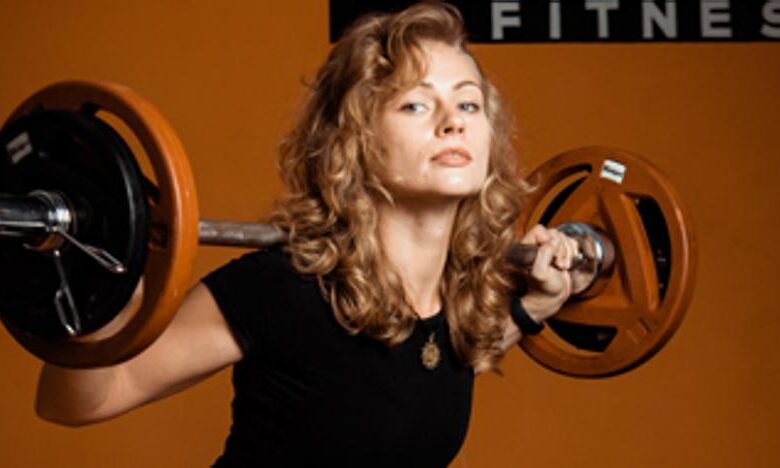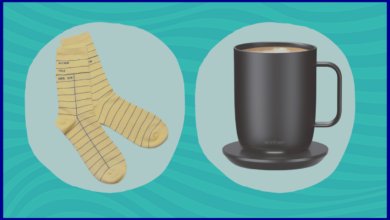fitness: Deep squat, the easiest exercise to work glutes and knees

The
deep squats They are an excellent functional exercise for the lower body. Doing them well helps ensure a lower risk of spinal and lower body injury. Adding them to your workout will add challenge, help improve mobility and strength through full range of motion, and better target glutes and knees.
Squats are a main component of most lower body exercise programs. movement is also
part of many daily activities. Whether you squat down to pick up something heavy or just get up and sit in a chair, movement is part of your everyday life.
Squats require a certain amount of
flexibility in the hips, knees and ankles. Plus, they need your lower body muscles to provide enough force to move your weight, as well as any additional weight you want to add.
Additionally, squats, especially when performed with resistance, defy the
trunk and pelvic stability. They are an excellent addition to any resistance program. You may be wondering what makes a deep squat different from a standard squat. Here you have the answer.
What is a deep squat
A deep squat is a squat in which
hips are below knee height at the lowest depth of the movement pattern. In other words, the angle of the knee joint is greater than 100 degrees at the lowest point. In contrast, in a standard squat you just squat until your thighs are parallel to the ground and your knees are bent at about a 90 degree angle.
In addition to more knee flexion in the deep squat, the hips and ankles must be flexed enough to maintain
center of gravity over feet. Along with this, your trunk must remain straight and stable, especially if you use weights. The back of the thighs contact the back of the calves, which decreases the compressive load on the knee joint and can help reduce the risk of knee injury.
Woman doing squats/PEXELS
How to do a deep squat right
A deep squat begins with a
base of support, feet, which are generally shoulder-width apart and flat on the floor. Meanwhile, the toes are pointed forward or at a 7 degree outward position, the knees remain straight, and the trunk is upright.
Starts
squatting as if you were sitting in a chair. Your ankles, knees, and hips will bend in unison while your spine remains straight. As you start to lower yourself, your knees will move forward over your toes and your hips will move back to keep your center of gravity over your feet.
You
trunk and pelvis will remain neutral and aligned as you bend your hips. At the shallowest depth, your pelvis will be relatively in line with your shins. Ideally, your pelvis will remain in a neutral position, without sagging or tilting back. The knees will be in line with your feet. Finally, push off through your feet with your weight centered just in front of your ankles and return to the starting position.
The benefits of a deep squat
The benefits of the deep squat are
slightly different from those of a standard squat, mainly due to the greater range of movement that they imply. The deep squat has been shown to be more effective at building the gluteal and inner thigh muscles than a standard squat. Plus, it builds strength through the full range of motion of the joints.
Deep squats require
more strength and stability in the lumbar spine to maintain proper alignment. Since the spinal joints are the most vulnerable in a squat, proper care must be taken to maintain a neutral lumbar spine at all times.
Woman doing squats/PEXELS
Mobility is a function of both strength and flexibility. Deep squats will help you
improve your range of motion in the joints involved, as well as to strengthen the muscles throughout that range, thus increasing your mobility. They are beneficial for joint flexibility and strengthen the muscles of the lower body through a greater range of motion.
One of the most important things to keep in mind is
keep your feet flat on the ground. This will improve your balance, stability, and force production. Another major challenge when performing the deep squat is gluteal and hip rotator strength. Lack of strength in these muscles can cause your knees to bend in toward each other as you ascend or descend. And the last common problem with squatting is not keeping your spine straight and in line with your pelvis. Your spine should remain relatively straight and parallel to your shins.




